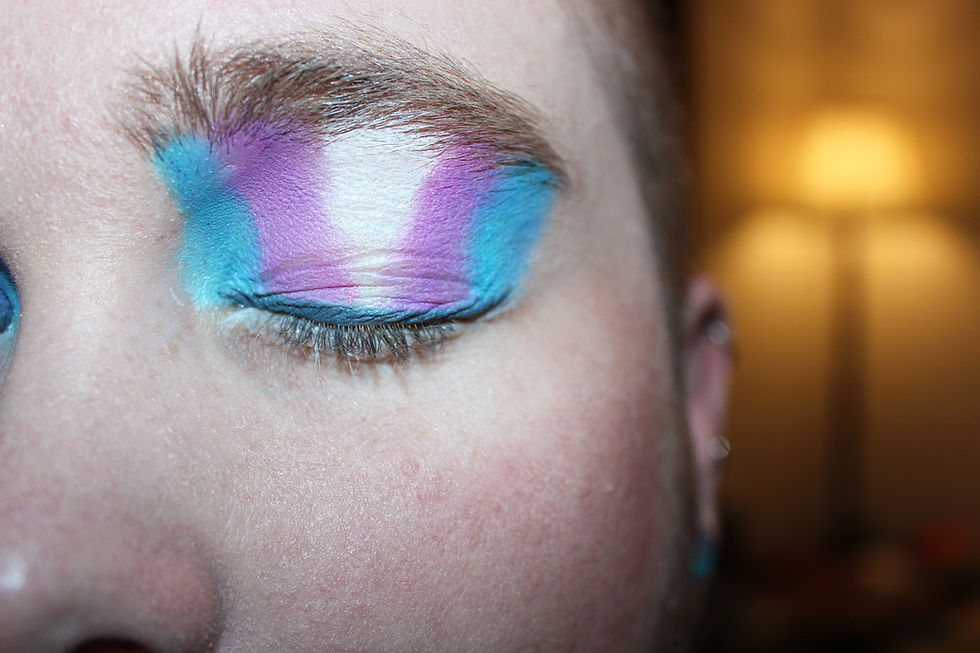Facts about Suicide and LGBT+
- Jennifer Jones

- Aug 5, 2020
- 2 min read
Updated: Aug 10, 2020
FACTS ABOUT SUICIDE AND LGBT+ (FROM THE TREVOR PROJECT)
• Suicide is the 2nd leading cause of death among young people ages 10 to 24. [1]
• LGB youth seriously contemplate suicide at almost 3 times the rate of heterosexual youth. [2]
• LGB youth are almost five times as likely to have attempted suicide compared to heterosexual youth. [2]
• Of all the suicide attempts made by youth, LGB youth suicide attempts were almost five times as likely to require medical treatment than those of heterosexual youth. [2]
• Suicide attempts by LGB youth and questioning youth are 4 to 6 times more likely to result in injury, poisoning, or overdose that requires treatment from a doctor or nurse, compared to their straight peers. [2]
• In a national study, 40% of transgender adults reported having made a suicide attempt. 92% of these individuals reported having attempted suicide before the age of 25. [3]
• LGB youth who come from highly rejecting families are 8.4 times as likely to have attempted suicide as LGB peers who reported no or low levels of family rejection. [4]
• 1 out of 6 students nationwide (grades 9–12) seriously considered suicide in the past year. [5]
• Each episode of LGBT victimization, such as physical or verbal harassment or abuse, increases the likelihood of self-harming behavior by 2.5 times on average. [6]
Visit www.thetrevorproject.org for more information and support
If you are thinking about suicide and in need of immediate support, please call the TrevorLifeline at 1-866-488-7386 or text the TrevorText at 678-678, 24/7/365.
SOURCES:
[1] CDC, NCIPC. Web-based Injury Statistics Query and Reporting System (WISQARS) [online]. (2010) {2013 Aug. 1}. Available from:www.cdc.gov/ncipc/wisqars.
[2] CDC. (2016). Sexual Identity, Sex of Sexual Contacts, and Health-Risk Behaviors Among Students in Grades 9-12: Youth Risk Behavior Surveillance. Atlanta, GA: U.S. Department of Health and Human Services.
[3] James, S. E., Herman, J. L., Rankin, S., Keisling, M., Mottet, L., & Anafi, M. (2016). The Report of the 2015 U.S. Transgender Survey. Washington, DC: National Center for Transgender Equality.
[4] Family Acceptance Project™. (2009). Family rejection as a predictor of negative health outcomes in white and Latino lesbian, gay, and bisexual young adults. Pediatrics. 123(1), 346-52.
[5] CDC. (2016). Sexual Identity, Sex of Sexual Contacts, and Health-Risk Behaviors Among Students in Grades 9-12: Youth Risk Behavior Surveillance. Atlanta, GA: U.S. Department of Health and Human Services.
[6] IMPACT. (2010). Mental health disorders, psychological distress, and suicidality in a diverse sample of lesbian, gay, bisexual, and transgender youths. American Journal of Public Health. 100(12), 2426-32.



Comments